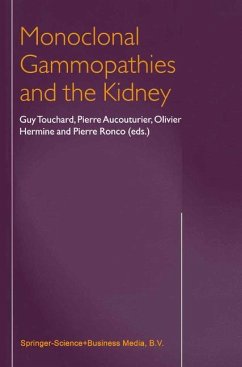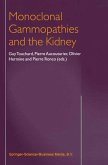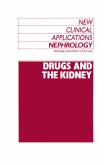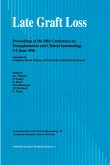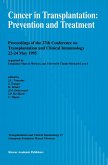Table 1 Comparison of MIDD and immunoglobulinic amyloidosis MIDD Amyloidosis Presentation Multivisceral or predominant involvement of an organ (kidney) Underlying disease Monoclonal immunoproliferative disorders, mostly myeloma. Monoclonal bone marrow plasma cell populations without overt malignancy. Possibility of 'non-secretory' forms. Deposits by EM (Granular) non-organized Fibrillar (13 pleated sheets) Spectrum LCDD : L chains, most K, either AL-amyloidosis : fragments (?) of or apparently enlarged, normal-sized normal-sized or apparently enlarged or short. Frequent glycosylation L chains most A. Frequent and polymeration. glycosylation.Abnormal susceptibility to proteolysis. LHCDD : associated H chains Cases with associated short H chains (short by biosynthesis by biosynthesis experiments. experiments). HCDD: short H chains. AH-amyloidosis : short H chains. L chain isotypy V K IV predominance. VAVI C A3predominance. V region mutations Yes Yes Found in necropsy material; whether they exist in vivo is doubtful. 3 After Preud'homme et al. AL-amyloidosis). Therefore, we believe' that the term MIDD should be restricted to this pathological entity, whatever the Ig content of the deposits, light 4 5 ) or both (LHCDD ). However, the chains (LCDD), heavy chains (HCDD New York group used the denomination MIDD for both Randall's disease and immunoglobulinic amyloidosis'S". The two processes have many features in common (Table I) and they can be associated in the same patients.

